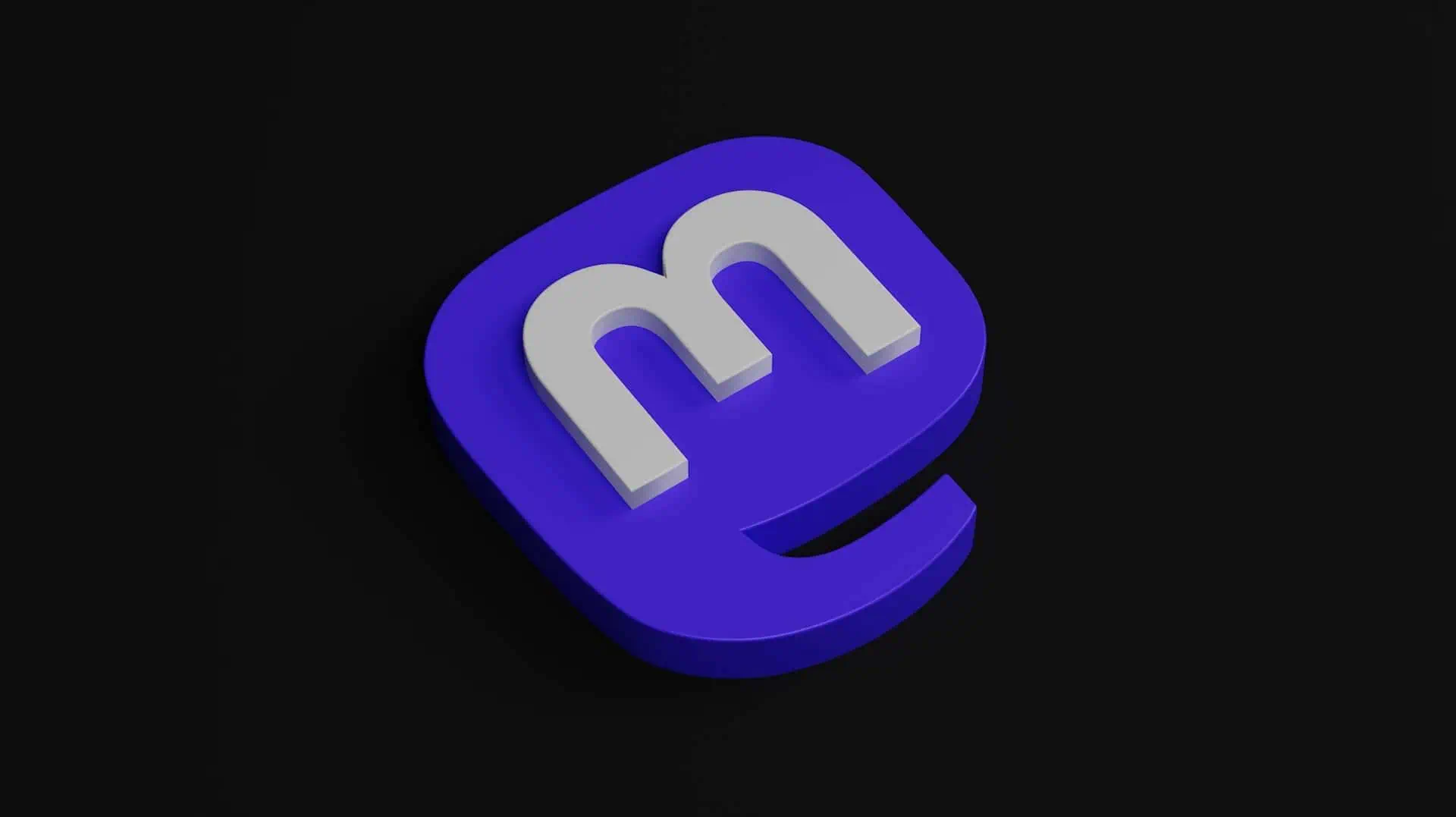Social Networking That's Not For Sale

When most people think of a Mastodon, they think of a hairy elephant that is somewhat smaller than a mammoth. These mammals were part of the Pleistocene megafauna that have all but died out except for the elephants. However, in the social media world, there is another Mastodon that exists in the Fediverse. This Mastodon is similar to X (Twitter), but is free from algorithms and decentralized. The logo of the Mastodon Social Network is the outline of a Mastodon head and looks like a modern day elephant. The slogan is “Social Networking that’s not for sale.”
History of the Mastodon Social Network
Mastodon technically began in March of 2016, but was released in October 2016 to a community of mostly academics and enthusiasts of a Free and Open-Source Software (FOSS) social media alternative. Started by Eugen Rochko, who is still CEO, and based in Germany, Mastodon is registered as a non-profit (GmbH – Gesellschaft mit beschrankter Haftung). The network was named for the now extinct mammal from the Pleistocene Era (mashable.com).
Since its launch, Mastodon has continued to grow in users and during December 2017, it reached 1 million users. Spikes in users have generally occurred when other mainstream social media networks have made decisions that have angered their users resulting in those users looking for an “alternative” to the slight. Currently, at the end of 2023, Mastodon has about 10 million registered users (Wikipedia).
Mastodon’s mission is to provide a user-friendly microblogging product that does not belong to a central authority and as such is decentralized. The software used in the network is open-source, meaning users can change it in any way and the community as a whole benefits. It is not for sale and your data and creations on it are not either. Mastodon is connected to the Fediverse and uses the ActivityPub Protocol to communicate to all of the servers.

How Does Mastodon Work
A Brief Introduction to the World of Mastodon

Mastodon is a little bit different from the likes of Facebook, Instagram, Twitter (X), Linkedin, and Pinterest in that you join a server (also called an instance). In the other social media networks, you join a large server composed of all of the accounts, which is a considered centralized setup. On Mastodon you select an instance (smaller than the whole server of the others) that shares your values. Within the instance you have the option to communicate just within that local instance or you can communicate to other users in other instances on Mastodon or to other networks in the Fediverse such as Lemmy. This setup is called a Federation, which is made up of many instances or networks with no one authority or controller, except within your individual instance. In your posts, called “toots”, you can mention other users on your instance or other instances your instance communicates with. You can also use hashtags within your toots to help other users find your toot. Best of all there is no algorithm used by the platform, writ large, to block your information or writing from getting out. Instead the users choose how they want to get their information.
On the ground, Mastodon is like a mixture of Twitter (X) and Reddit, in that you send out toots and there are niche communities and moderation (the instances) (Zulli, et al 2020).

What is the Fediverse?

In the introduction, we mentioned the larger Fediverse, of which Mastodon belongs via the ActivityPub Protocol. Other larger members in the Fediverse include:
- Friendica: a FOSS Facebook alternative
- Lemmy: a FOSS alternative to Reddit
- PeerTube: a FOSS YouTube alternative
- Pixelfed: an image sharing platform similar to Instagram
- Pleroma: a microblogging service
- Plume: a blogging platform for long-form content
- WordPress: an Open-Source CMS
If you notice, WordPress is a member of the Fediverse, and Automattic, the manager of WordPress owns ActivityPub Protocol, the glue that holds the Fediverse together.
Why Choose Mastodon?

Comparison of Mastodon to other Social Media Networks
Mastodon is considered to be a decentralized online social network (DOSN) (LaCava, et al 2021) or alternative social media (ASM) (Zulli, et al 2020). Mastodon is generally a reflection of the German and European mindset of the maintenance of human dignity (Perrigo 2022). On Mastodon you can have three timelines, home, local, and federated depending on the instance interaction (LaCava and Tagarelli 2022).
Other social media networks, such as Facebook, Instagram, X, Linkedin, and Pinterest are considered to be corporate social media (CSM) (Zulli, et al 2020). These networks are contained within one server and give the capacity to allow anytime social interaction but at the cost of a lack of control over the service and the data collected (Puig, et al 2023). In addition these networks in order to support themselves and make a profit selling the data collected to third parties (Gadkari 2013) and use content personalization (the algorithm, see below) (LaCava and Tagarelli 2022). The centralized networks allow for one timeline in a users account.
You are not for Sale and Mastodon is not for sale
Perhaps the best reason to choose Mastodon is that you and your data are not for sale when using it. Other online social networks (OSNs), while being monetarily free, are not free in regards to your data. The other platforms collect and sell your data to third-parties making money off of you. In addition to this, they make money from ads and sponsored content on the platforms. So they get you coming and going. On Mastodon, your data is yours and yours alone and is not collected and/or sold to the highest bidder.
Going further, it does not accept money from venture capitalists and instead collects smaller donations from users and smaller entities through crowdfounding (Perrigo 2022). This is so no one entity can have control of the whole. For instance, Mastodon would not be sold to a larger entity such as X and become part of the larger social network.
Security and Stability
Another reason is security. The OSNs have all of their accounts and data on a single large server. If this server is hacked or penetrated all of the accounts are are risk. The network is divided into separate servers (the instances). If one server is hacked or goes down the rest are okay because they are separate (mashable.com).
There is no algorithm
How many of us have posted on Facebook or another social media and come to find out that the post did not reach all of our followers or just a small subset of users. This is the algorithm at work. When you publish a toot on Mastodon, it goes out to whoever is interested or whoever finds it. If somebody is following you, your toot is guaranteed to reach the follower. Because of there being no algorithm, your toots get more publicity and coverage. Added to this, you can use hashtags to help others find your content and boosts from other followers also help.
One use case that vouches for the utility of having no algorithm filtering your content include those in academic research who are interested in the project at hand not something else (Niboe, et al 2023).
On centralized networks, posts can be boosted by paying an amount of money to the platform, however, on Mastodon, toots, can only be boosted by other users who like your content.
How a "Toot" Works in Mastodon

Being "Open" also has its Drawbacks
No discussion of Mastodon would be complete without addressing Gab. In 2019, the social network, Gab, moved onto Mastodon, as an instance, after being kicked out of another larger social media platform. Because of the decentralized nature of the network and larger Fediverse it could do this. However, the other servers, where able to disconnect or isolate themselves from Gab because of the ability to moderate and block other instances. This was done because of the content on Gab.
Soon after the arrival of Gab, the Mastodon Server Convenant was introduced to the joinmastodon.org. server. Servers (instances) that wished to be a part of the joinmastodon.org server selector, had to actively moderate against racism, sexism, homphobia, and transphobia. The joinmastodon.org server selector is often the first place new users go to pick a server or instance to join. The convenant has made it easier to pick a server that has been vetted by other instances as being of good character and safe for all.
How to Join Mastodon

As stated above, you join an instance to get involved in Mastodon. The most popular instance is social.mastodon, but there are other instances divided mainly by interests, language, or region. In the past, a lot of prospective users, used to the one server model, of centralized social media, were lost as to which server to join. Fortunately the process has been made easier in the past year. Most users now will sign up at joinmastodon.org and sign up here. Once you are here you can either stay on this instance or move to another that suits you better. This is more of a hybrid between selecting the instance you like at the beginning and just signing with the one server model.
For More Information
- Fedi.tips: Includes information about the Fediverse and Mastodon.
- Instances.social: A wizard to help select an instance if you do not want to initially join mastodon.social.
- Wikipedia Entry on Mastodon: An overview on Wikipedia.
References
- Gadkari, Pia. 2013. How does Twitter make money? citation from (Puig, et al 2023).
- LaCava, Lucio and Andrea Tagarelli. 2022. Information Consumption and Boundary Spanning in Decentralized Online Social Networks: the case of Mastodon Users. Online Social Networks and Media, abs/2203.15752, 100220-100220. doi: 10.1016/j.osnem.2022.100220
- LaCava, Lucio, Sergio Greco, Andrea Tagarelli. 2021. Understanding the growth of the Fediverse through the lens of Mastodon. Applied Network Science 6(1): 1-35.
- Niboe, Bonfire, and Layla Axul. 2023. Toward an open-science ecosystem. On BonfireNetwork.
- Perrigo, Billy. 2022. Thousands Have Joined Mastodon Since Twitter Changed Hands. Its Founder Has a Vision for Democratizing Social Media. Time.com, 24762679, 11/6/2022
- Puig, Joan Manuel Marques, Helena Rifa-Pous, and Samia Oukemeni. 2023. From False-Free to Privacy-Oriented Communitarian Microblogging Social Networks. ACM Trans. Multimedia Computing Communications & Applications 19(2): 1-23.
- Zulli, Diana, Liu Miao, Robert Gehl. 2020. Rethinking the “social” in “social media”: Insights into topology, abstraction, and scale on the Mastodon social Network. New Media & Society 22(7): 1188-1205.







